What art museums can do during the coronavirus crisis
Last week, with a heavy heart, I closed the doors of the Art Gallery of New South Wales to the public for an indefinite period.
Nothing this drastic has happened since the Gallery closed for three months in 1919 due to the Spanish influenza. Denying our visitors access to the art museum they love is antithetical to everything I believe in – except when it is clearly in everyone’s interest to do so. Taking this action has made me think again about how art museums can and should respond to crises, and how important it is that Australian art museums now receive the support they need to serve our communities as we find our collective way through the coronavirus crisis.
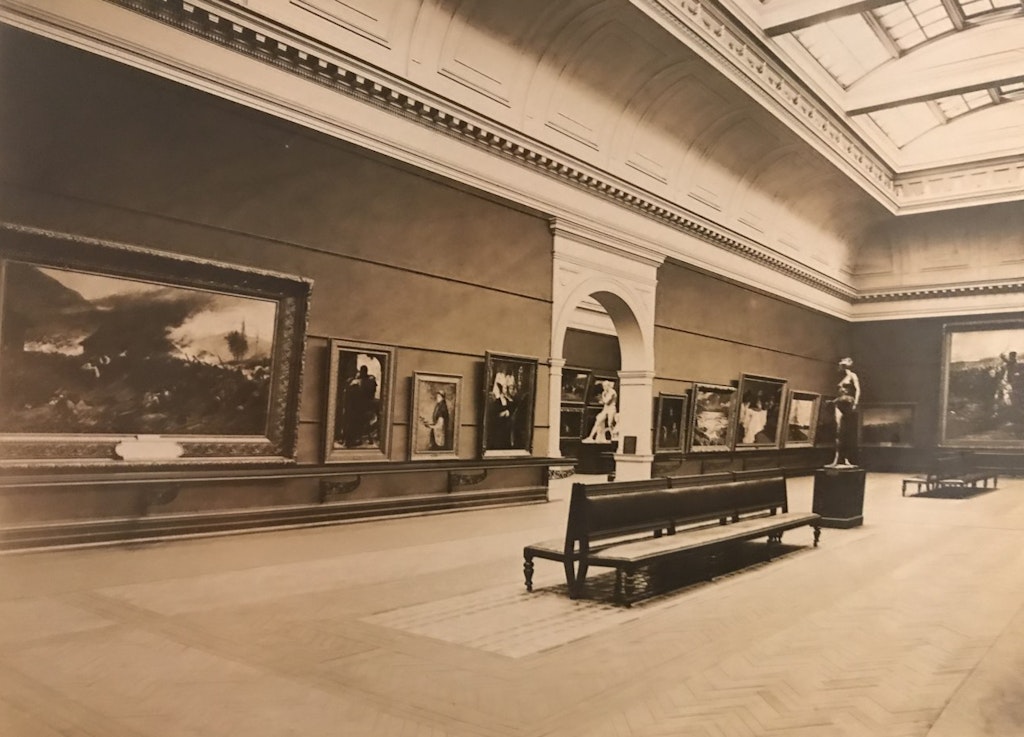
A speech given by Mikhail Piotrovsky, the director of the State Hermitage Museum, to his staff in St Petersburg two weeks ago reminded me how important it can be during crises for art museums to stay open. Sent to me in my role as a member of the Hermitage’s International Advisory Board, the speech harked back to the almost unimaginable horrors of the 900-day Siege of Leningrad (as St Petersburg was then known) that lasted from 1941 to 1944, and led to 640,000 citizens dying of starvation as the city was pummelled by over 100,000 bombs.
After Nazi Germany attacked Russia in June 1941, staff and volunteers at the Hermitage worked around the clock to pack up works of art from their vast collection and send them out of St Petersburg for safe-keeping. Over a million items were sent on two special trains to the city of Sverdlovsk (now Ekaterinburg), 1000 kilometres to the east in the Ural mountains; a third train was unable to leave as the Nazis intensified their siege of the city. Frames that once held the museum’s prized collection of paintings were left on the walls as silent testimony to the riches of world culture once held within. At one point, thousands of staff and their families actually took refuge in the museum, including its director, Iosif Orbeli.
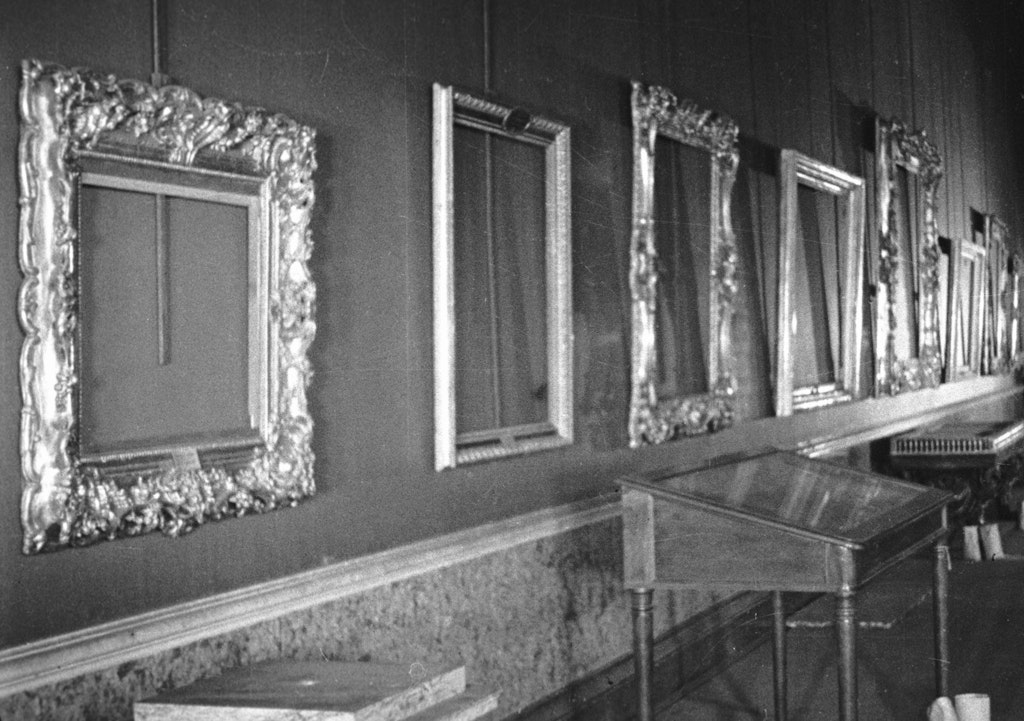
Empty frames in the Hermitage during the Siege of Leningrad. Source: SPUTNIK
Professor Piotrovsky, a scholar of Islamic art, has been director of the Hermitage Museum since 1992. His father, Boris, a famed archaeologist of sites in central Asia, had previously served in this role from 1964 to 1990. As the museum closed its doors to visitors on 23 March, the same day the Art Gallery of NSW closed, he reminded his staff that:
‘During the Siege of Leningrad, our predecessors ensured the preservation of the buildings and interiors, caught and extinguished bombs, gave lectures to those serving in the forces and to each other, hastened to complete their scholarly works, devised and conducted guided tours around the empty frames. And they did so under conditions of strict discipline. The noble practice and mystic spirit of the Hermitage under siege remains forever with us and serves as an example.’
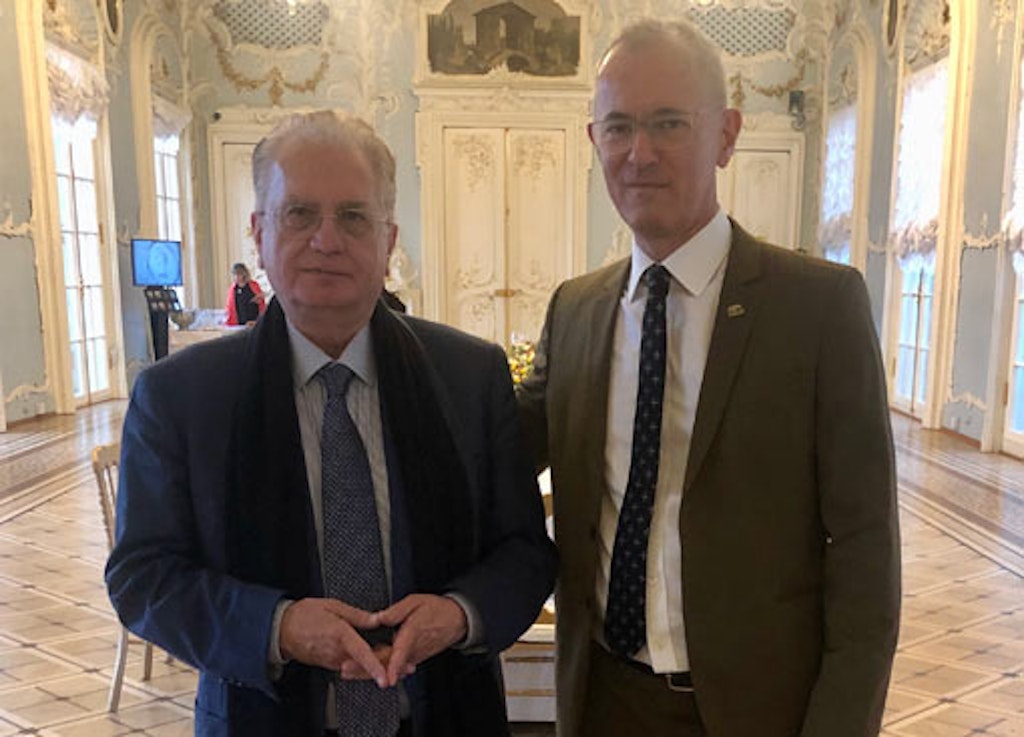
Mikhail Piotrovsky (left) and Michael Brand (right) at the Hermitage in 2019
Mikhail Piotrovsky (left) and Michael Brand (right) at the Hermitage in 2019
Inspirational words. Of course, we face a very different challenge in Australia right now, a virus rather than a military invasion. We know exactly what the threat is – the coronavirus that leads to COVID-19 illness – and we know it is dangerous enough to cause every art museum in the country to have shut down by now, along with pretty much every performing arts organisation. What makes this invisible menace so scary is the way that it strikes at our entire arts community rather than the physical structure of a particular city or institution. This means we will need to work together to make a significant difference in, first, rescuing and, then, restoring these crucial elements of our civic life and culture.
Twice before I’ve faced major crises as an art museum director. The 9/11 terrorist attacks of 2001 took place in my second year as director of the Virginia Museum of Fine Arts in Richmond. The global financial crisis of 2008 hit while I was leading the J Paul Getty Museum in Los Angeles and caused huge institutional damage when its endowment dropped from US$6 billion to a still rather generous US$4.5 billion. One of the overriding lessons I learned from both these ‘once-in-a-lifetime’ challenges is that you have to begin your response by looking after your colleagues, and their families, as vulnerable individuals before you can start healing your institution, and your financial bottom line. But then you need to work almost as quickly to make sure the whole creative community from which you draw both your inspiration and your credibility survives as a sustainable and compelling force.
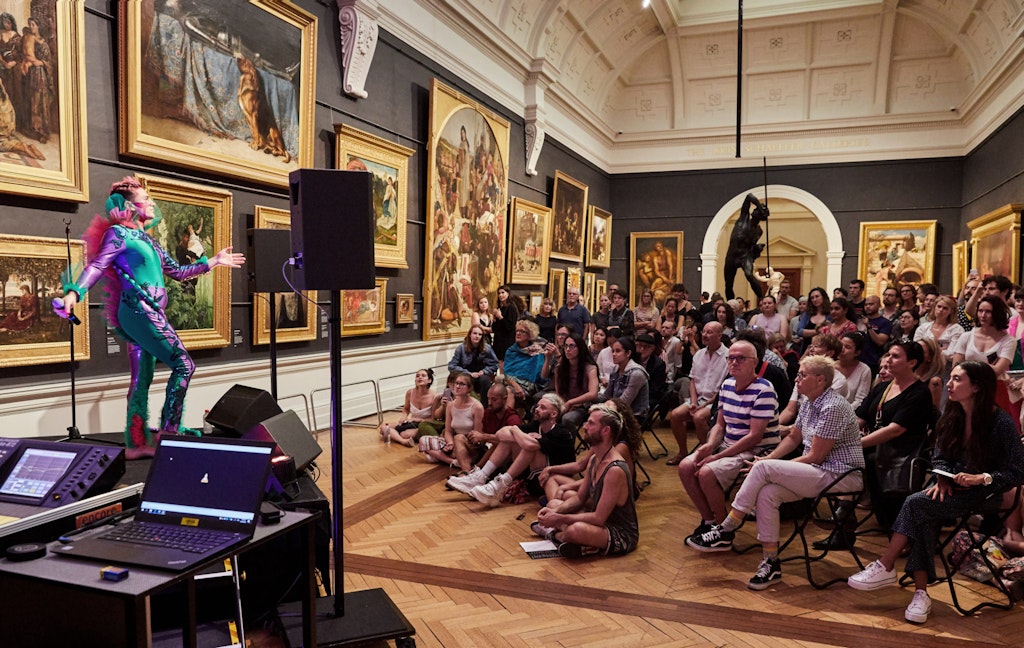
The coronavirus has set upon us with immense force: it has the potential not only to inflict huge financial and psychological damage on a whole generation of artists and art workers but also to destroy a whole swathe of arts organisations, especially our smaller ones. There is now great stress in the Australian art community, as it attempts to navigate the path ahead without the benefit yet of a topographical survey, or even a sense of where the final destination lies.
As the Art Gallery of NSW moves forward to meet the first stage of this existential challenge we must, first of all, state how fortunate we are to have the support of the NSW government behind us. Then we have to recognise that we, in turn, have a responsibility to throw our weight behind those in the broader art community who cannot survive this threat alone. This will require action, not just words. Some of our initial actions might be quite small in scale but they will set the tone for what will follow as we set out larger and longer-term strategies for both the Gallery itself and our arts community in Sydney, NSW and Australia.
When contemplating our challenge, I thought back to the example of the Hermitage during the Siege of Leningrad, and how all levels of staff approached their dire predicament with genuine innovation and, being Russians, a touch of dark humour. Guided tours of empty picture frames on the walls of grand salons? Who would have thought! We now need to think with equal creativity, passion and commitment as we imagine new ways to inspire, nurture and surprise those who continue to place their trust in us.
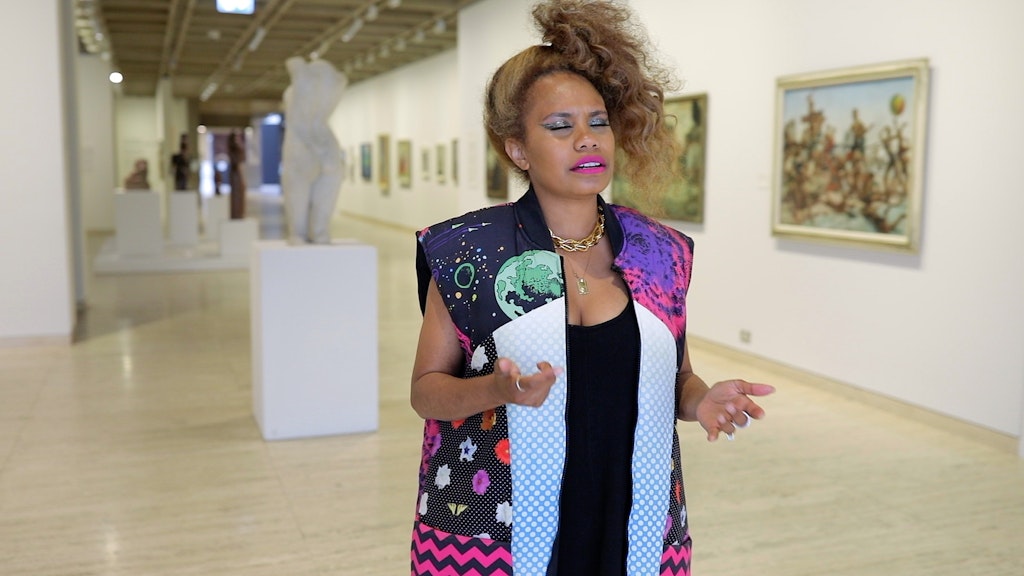
Ngaiire in the Art Gallery of NSW in a performance that will form part of the Together In Art project. Photo: Matt McGuigan, Hospital Hill
This is the space in which Together In Art has been conceived. What defines the spirit of an art museum when the physical museum is closed? It is the art and it is people. And with this new project, projected to the world through all of our channels, we affirm the power of art to connect people in times of crisis. Open, heartfelt, responsive, and very much a work in progress, Together In Art is our way of offering a daily boost of art and imagination to a world where we are all seeking meaning. And it is also a place where we will welcome in the voices of artists, performers, arts workers, Gallery staff and, of course, our audience.
At a time of such loss – emotional and financial – for the Australian arts community, we are committed above all to supporting the people who make our cosmopolitan culture as vital as it is. And, though this mission is a serious one, be assured that Together In Art won’t just be serious. As befits a moment of urgency, we’ll be speaking from the heart and seizing every chance we can find for humour, delight, curiosity, beauty and artistic uplift. Already we are working with artists and performers, with results that lift the spirits and demonstrate the necessity of art in such times.
The timing of the coronavirus crisis is especially significant for the Art Gallery of New South Wales. Next year we will celebrate our 150th anniversary. And late the following year we are scheduled to complete our Sydney Modern Project and start the next stage of our history as a glorious art museum campus with two buildings joined by an art garden with sweeping views of the harbour. I now see a timeline trajectory stretching directly from the temporary closing of our front door last week to the opening of our magnificent SANAA-designed building in late 2022. We need to ensure that the identity of the expanded AGNSW grows organically from the depths of this crisis to reach our goal as a beloved public art museum of both national and international relevance to an altered post-coronavirus world.